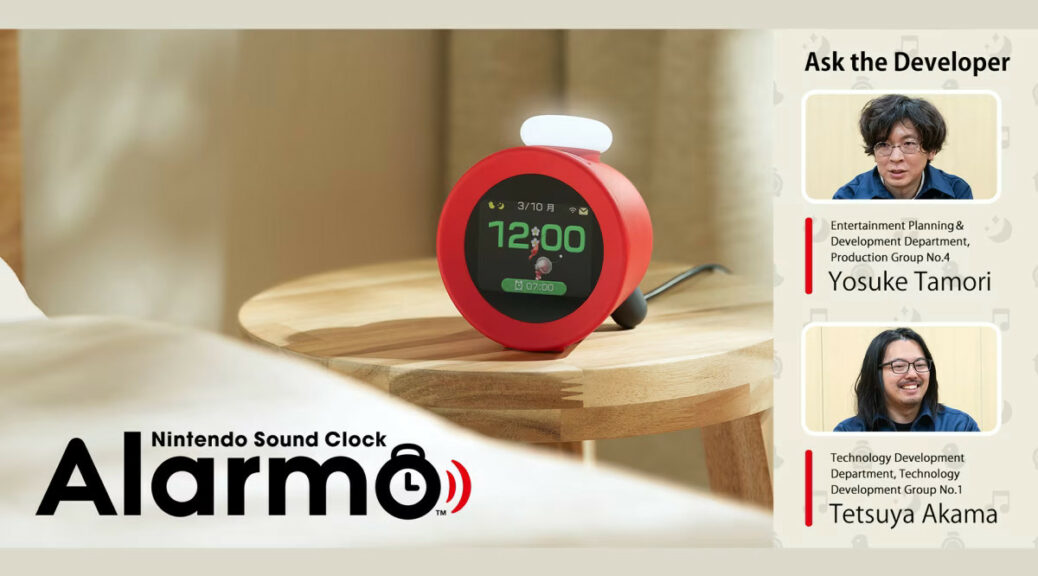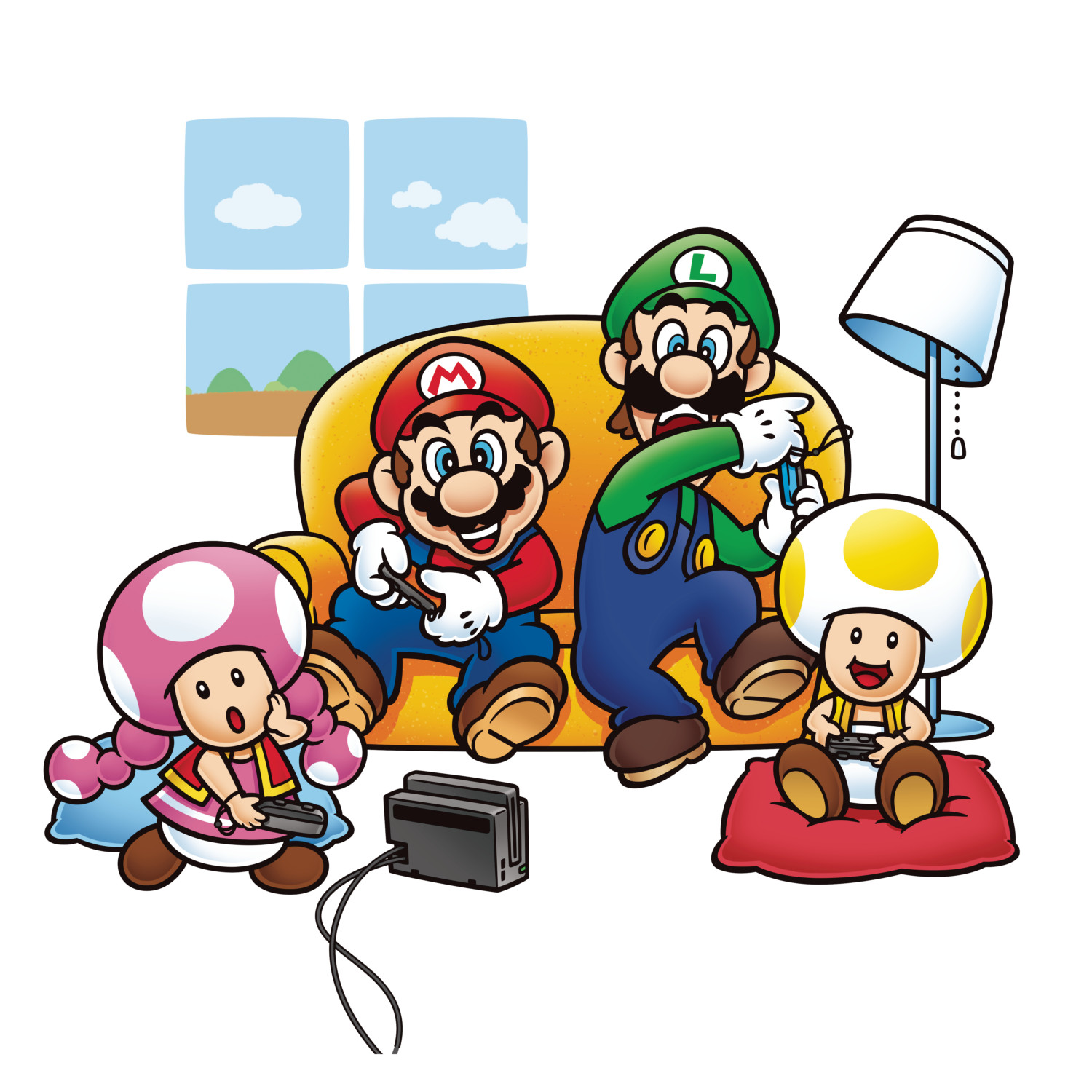
Nintendo Sound Clock: Alarmo Receives Ask The Developer Feature
Nintendo has released an Ask The Developer feature for its Nintendo Sound Clock: Alarmo.
The interview is with Producer Yosuke Tamori, a member of Nintendo’s Entertainment Planning & Development Department as well as Director Tetsuya Akama a member of the Technology Development Department. Tamori previously worked on the WiiU version of Splatoon and the Nintendo Labo, while Akama worked on the Joy-con and Joy-con wheel. The two reveal that the project started out as research into motion-sensor technology, eventually evolving into a device that combined it with “supporting people during sleep”.
Nowadays, Nintendo mainly creates game consoles and software, so this product is a bit unorthodox, wouldn’t you say? How did this unorthodox project start?
Tamori: One of our in-house projects was to research motion sensor technology. As this sensor maintains privacy since it doesn’t use a camera, we had an idea for how it could be highly suitable for use in the bedroom, so we decided to kick off a new project to see what we could do with it.
I see, so you started development from scratch while also making use of ideas that already existed. You mentioned that a motion sensor could be suitable for bedroom use, but was it clear from the beginning that you’d be making an alarm clock?
Tamori: Actually… not quite. We knew that the theme was to support people during their sleep, and we were looking for a way to achieve this. However, it was only after a lot of technical trial and error and building many prototypes that we decided to focus on alarm clocks.
So, you utilized the team’s existing knowledge, but there was a certain moment that ultimately made you settle on an alarm clock. Is that right?
Tamori: Well… The motion sensor used in this device detects a sleeper’s movements, and there are certain body movements that they make just before waking up. From an early stage, we thought that if we could get this sensor to detect the timing of these movements, people could use it to help themselves wake up feeling refreshed. But it was technologically quite difficult for the sensor to detect those movements accurately enough back then, so we continued experimenting for a while.
Then, our programmers found a way to use the sensor effectively, and there was a point when its responsiveness improved dramatically. They developed a system that detects approximately where a person is on a bed based on the distance and angle measured by the sensor. This made it possible for the sensor to capture the moment a person gets in or out of bed more accurately. It was at this time that we started discussing the possibility of developing an alarm clock that automatically stops as soon as a person gets out of bed.
You can read up on the full interview here, which provides even more detailed insights into Alarmo’s development.
What do you think? Let us know in the commetns.
